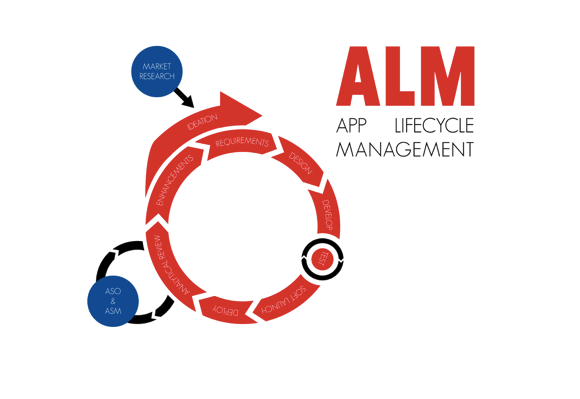What is the cost of hiring a freelance developer for your mobile app?
There’s a simple formula you can use to determine what your app’s development costs will come to: hourly rate + time + scale. Using an equation such as this would lead you to believe that a freelance developer would be cheaper than a development team in every respect: freelancers have a lower hourly rate than an app development company, freelancers work on a time crunch, and one person is obviously a smaller scale than a team and the resources necessary to run one.
It’s true – on paper, the option of a freelance developer looks better than hiring a development team in every way. There is a reason, however, that so many development companies are familiar with a client approaching them by saying: “I had a freelancer make this app for me, and it just wasn’t what I was hoping for, it didn’t work properly, I need to update it and I can’t figure out how to without them…”
The list goes on, and development companies have heard everyone.
The app lifecycle
If we lived in a world where apps were developed and then their codebase was never touched again, this topic would be null and void – freelance developers would be a more affordable option than development companies. And initially, freelance app developers are cheaper.
Unlike websites that can be updated once every few years (other than content), the top-performing apps are on an update cycle of one to four times a month. When operating on a rigid timeframe such as this, it’s important to have a reliable partner that is available when you need them to be, and has the bandwidth to handle your updates as they are needed.
Why do apps update so frequently? The app lifecycle continuously revolves back into itself:
After the steps of ideation and requirements gathering, and after development, design, testing, and deployment, app publishers need to keep an eye on their app with the use of analytics. By measuring user engagement, you can determine what areas of your app need improvement, and which areas are your strong points.
Tip: When looking over your app’s analytics, keep an eye on the features users engage with most, and leverage these features as much as possible. Talk about it on social media, and make sure that users can access these features as fast as possible. If you notice a feature that users never engage with, it might be wise to consider removing it from your app, unless it is necessary to the core functionality.
After measuring your app’s analytics, you’ll want to take that user data and utilize it in the improvement of your app. As stated above, the top-performing apps update one to four times a month, and this is for a few very good reasons:
- Updates are free marketing for your app – they give users a notification that will not go away until they have looked over what your update entails. This serves as both a reminder and a chance for you to highlight the new features that await them.
- Users take security very seriously. If your app’s security is compromised, and therefore your users’ data falls into the wrong hands, you will have a serious app abandonment issue.
- By updating your app frequently, you show your users that you can about their experience. This will make it more likely to receive positive ratings and reviews. Think about a pleasant customer experience you had recently – most likely, the person helping you was attentive and responsive. This is the same for apps – frequent updates mean happy users.
For more about updating your app, check out our blog, How much does it cost to update an app?
Freelancers are rarely available as frequently as your app will need to be updated – often, a freelancer will move from project to project, and have multiple going on at the same time. With your codebase at the whim of their next availability, you could be forced to wait months to update your app.
App developers, on the other hand, make use of development teams so they can always stay on top of app updates and development. Plus, with a larger knowledge base, and the ability to specialize, development agencies are more efficient overall, especially when accounting for robustness and it’s lifetime as a product.
Development is just the beginning
You can expect to spend up to 20% of your app’s initial development cost every year that it is on the app marketplace – be it Google Play or the App Store. With a freelancer, you’ll constantly be playing catch-up as you find someone who is available to do the work for you, as well as dealing with the significant vetting process that is necessary when working with freelance app developers.
For more about the differences between freelance developers and development agencies, check out our blog on the topic.




